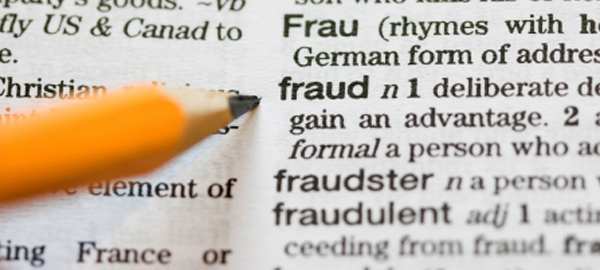On Wednesday, the Governor of my home state (and where I am this week), Maryland called for a review of Maryland’s procurement and contracting processes after “repeated” problems have been experienced by different state agencies in recent years. The trigger for this announcement was a $4.3 million contract extension for a company to run a call center that takes questions about child support payments. According to news reports, the extension was required because the State Board of Contract Appeals had found that the process used to hire a new contractor was found to be “deeply flawed.”
The Governor plans to seek outside support and said that the third party must help the State, “pull this [procurement/contracting process] apart and tell us how we can put it back together in a way that prevents fraud and abuse, but also allows us to make more timely and intelligent, predictable procurements that also allow people to offer suggestions as to how they can improve the value of what we’re buying from them, whether it’s a service or a commodity.”
As I saw coverage of this announcement, I was struck by a few things:
1. The visibility requirements in public procurement are very useful in helping to identify and combat procurement irregularities and fraud
2. Private companies that lack visibility into the contract award and negotiation processes are exposed to potential irregularities and fraud activity.
3. What are the expected call volumes and SLA requirements needed for a “state child support payment” call center service to justify a $4.3 million contract? Seriously!
We’ll look at the first two items over the next few articles as we focus in on procurement fraud (I’m not sure we’ll pursue the third, although I am curious).
Procurement and contract fraud is not overly common; but, it is very real and it remains a steady fixture in current news. Whether it’s a gang of ten using a complex bribery and kickback scheme to defraud $26 million or a contracting official who has a second job with a key supplier, procurement fraud can be very costly.
Enterprises, by both design and necessity, place a certain level of trust in every employee to ensure the continuity of operations and commerce. Procurement and contract fraud, therefore, is a potential risk for almost any enterprise, business unit, or department. So, what can be done to thwart it? To beat the enemy (in this case, fraud), it helps to understand it:
Noted criminologist, Dr. Donald R. Cressey is credited with developing what is know as the “Fraud Triangle” which describes the three factors that are present in every situation of fraud:
- Motive (or pressure) – the need for committing fraud (need for money, etc.);
- Rationalization – the mindset of the fraudster that justifies them to commit fraud; and
- Opportunity – the situation that enables fraud to occur (often when internal controls are weak or nonexistent).”
According to Cressey, the key to fraud deterrence is literally “breaking” this triangle by eliminating one of the three factors.
We’ll discuss how procurement leaders can attack and eliminate each of these factors in a series of upcoming articles that begins next week.

